5.7 Wie kommst du zur Uni?

Servus!
Zum Aufwärmen machen wir unseren Tagesminiplausch und eine Wiederholung.
Wiederholung
In the previous lesson, you learned how to say where you study. Let’s review what you have learned.
Wo lernst du? Where do you study? Write your study spots in your written journal. Then practice saying the locations aloud in your audio journal.
Lektionsüberblick
In this lesson, we will continue to expand on your ability to talk about your studies. This lesson will focus on how you get to class. In the end, you will be able to 1) name some transportation vehicles, 2) list the transportation vehicles you own, 3) say how you get to class, and 3) understand basic directions.
1) Transportation vehicles
The types of vehicles in Germany are often similar to those in the United States, with a few more scooters, small cars, and motorcycles in the mix! You will notice several cognates, and those that are not full cognates share some similarities with their English counterparts.
Let’s practice with this activity.
Kleiner Hinweis
| der Pick-up | the pick-up |
| der Minivan | the minivan |
| der Geländewagen | the SUV |
Jetzt bist du dran!
2) Meine Fahrzeuge
What vehicle do you drive? Or, what vehicle do you not drive because you simply don’t have that vehicle? In this lesson you will see a little word that you saw in Lektion 2.1. That word is kein. Let’s see if you can remember its meaning below.
| Ich habe ein Fahrrad. |
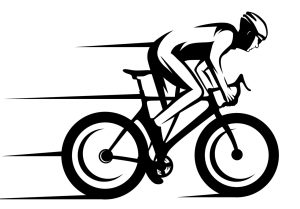 |
Ich habe kein Fahrrad. |
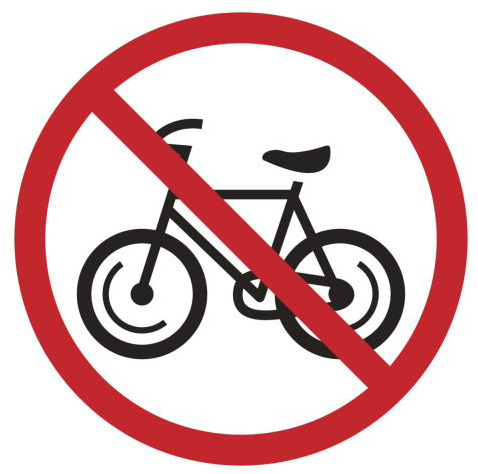 |
| Ich habe ein Auto. |
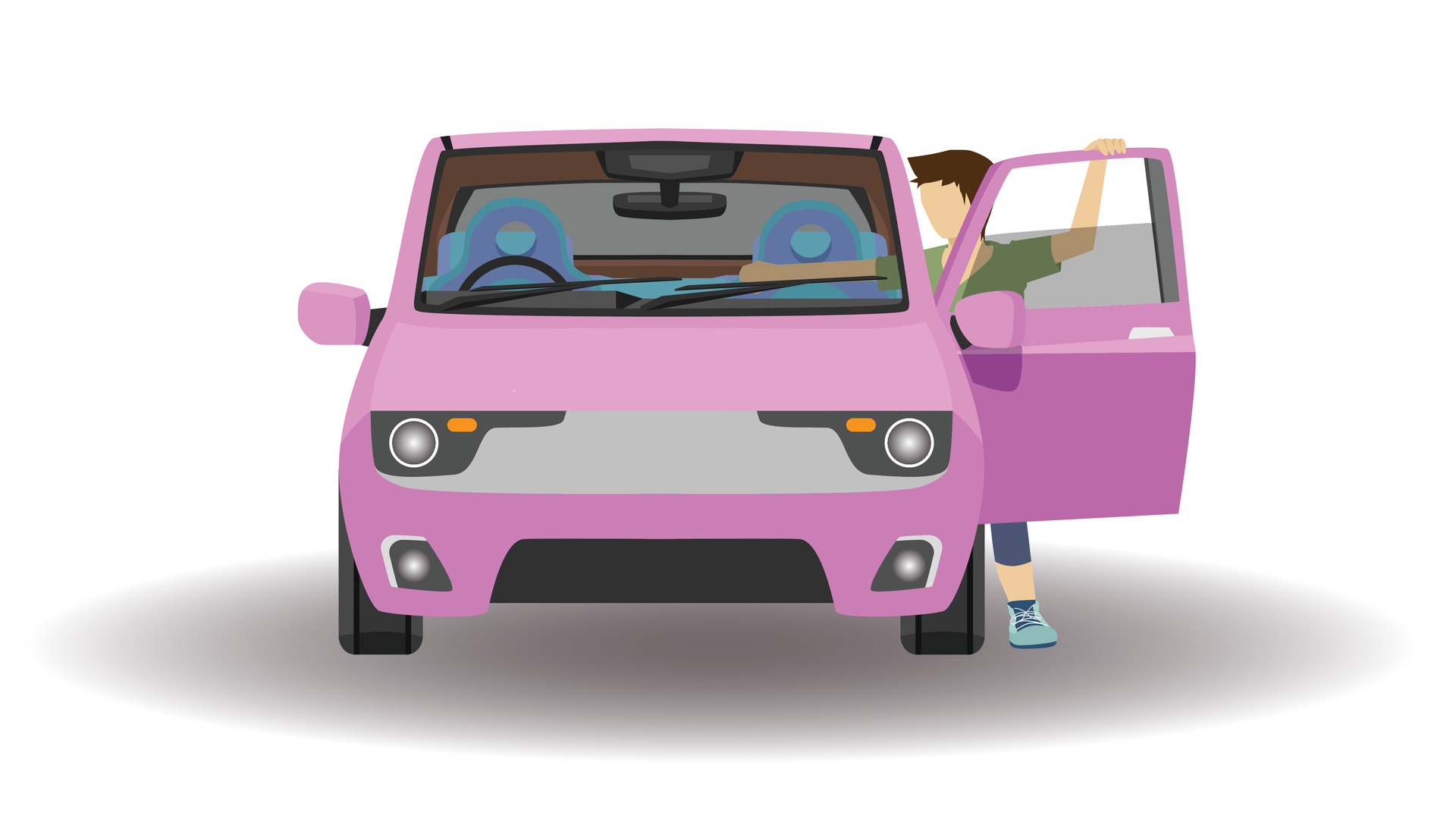 |
Ich habe kein Auto. |
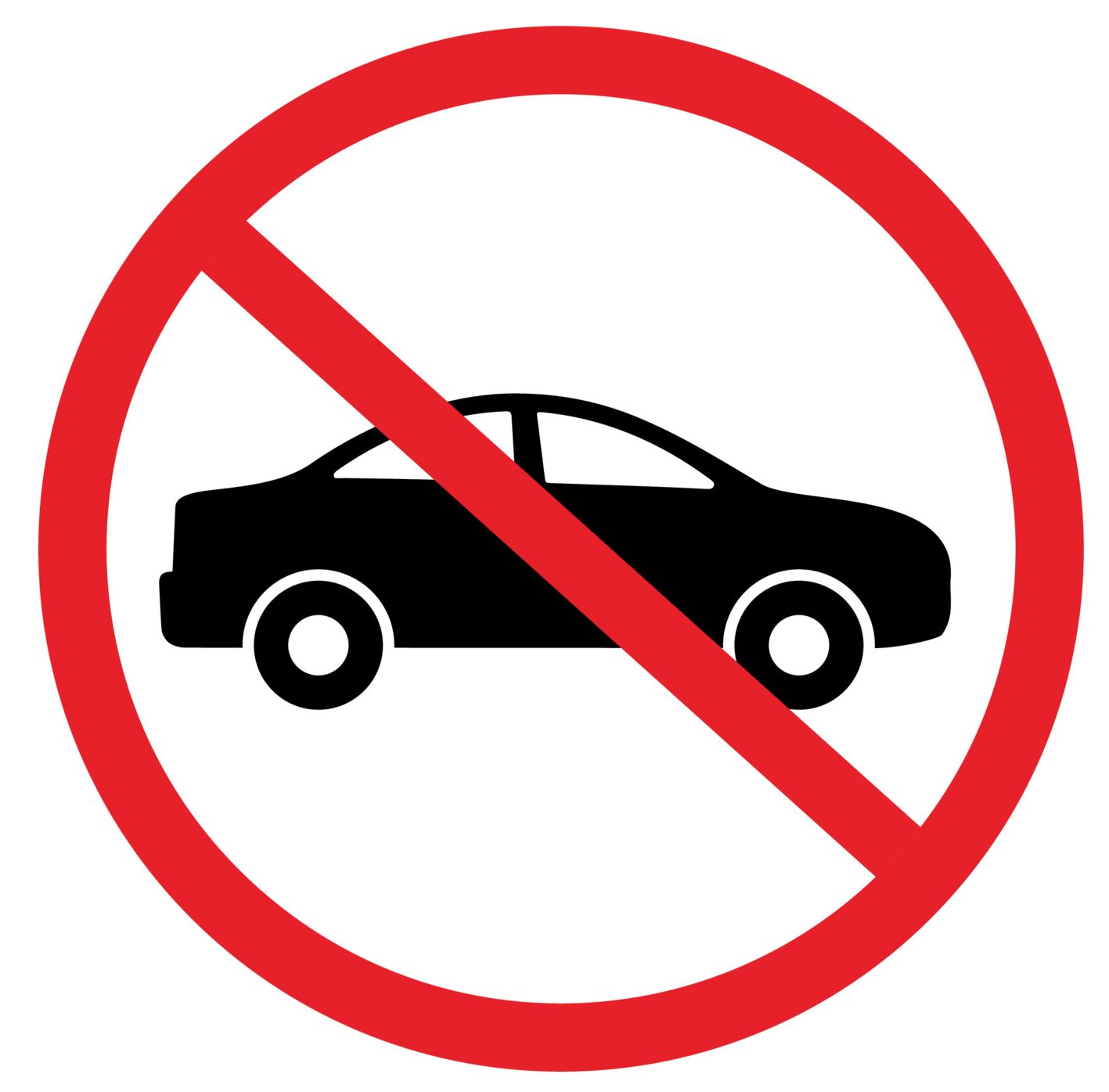 |
| Ich habe einen Roller. |
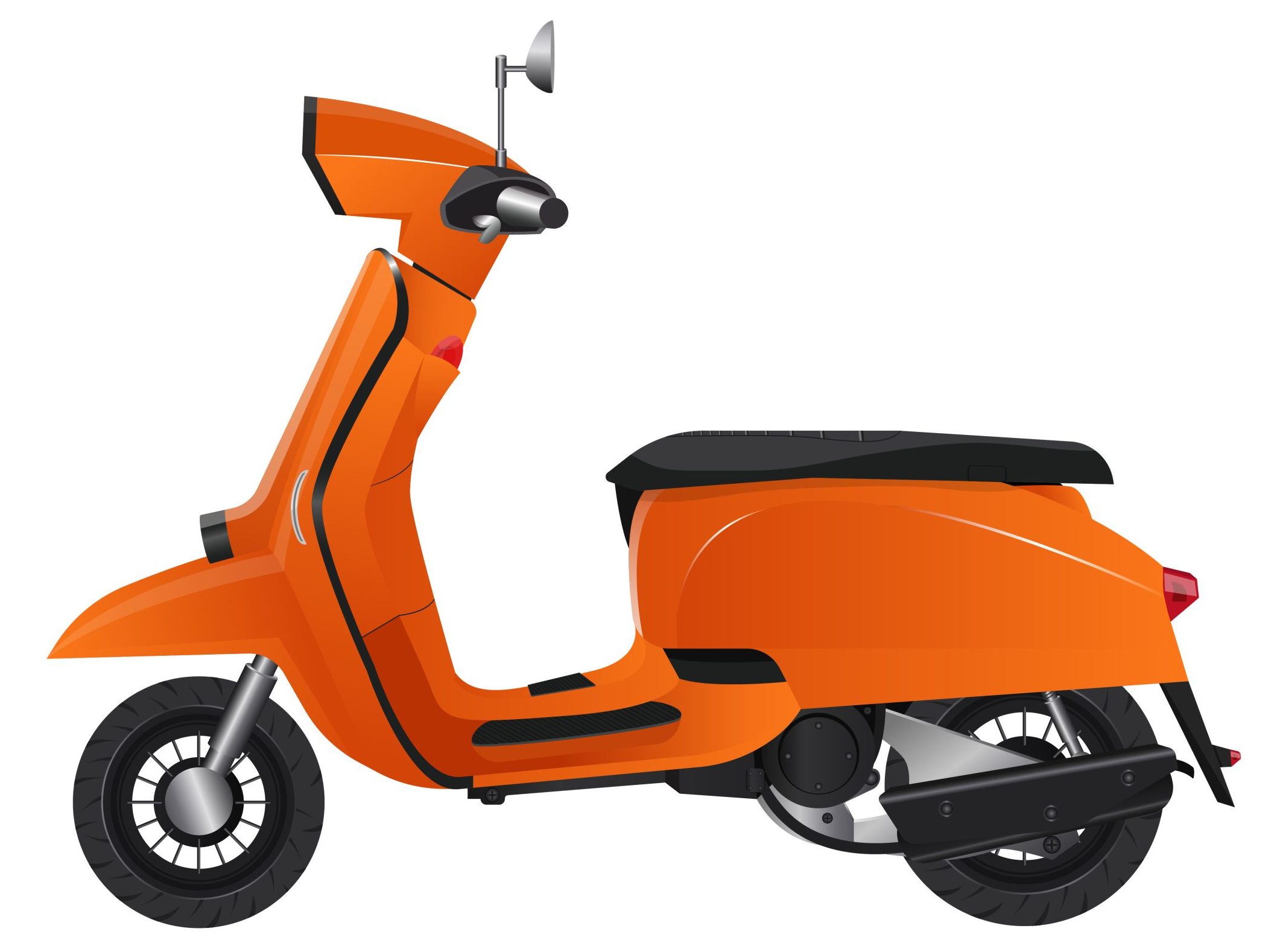 |
Ich habe keinen Roller. |
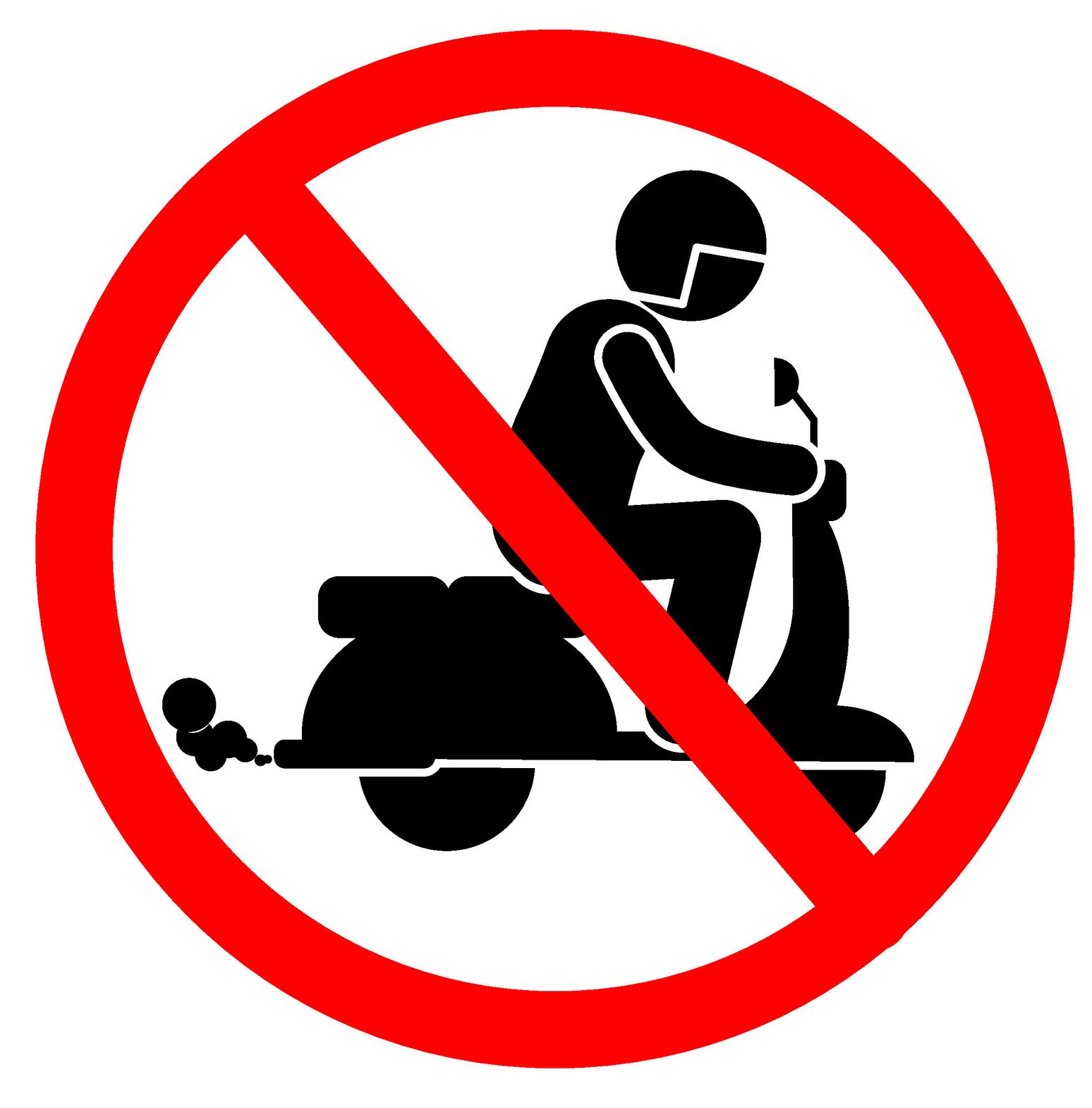 |
Let’s practice.
Jetzt bist du dran!
Baden-Württemberg im Blickpunkt

Das Residenzschloss Ludwigsburg, auch „württembergische Versailles“ genannt, ist eine große Schlossanlage mit 18 Gebäuden und Gärten und liegt in der ehemaligen württembergischen Residenzstadt Ludwigsburg. Es wurde in den Jahren 1704 bis 1816 in den Stilen Barock, Rokoko und Klassizismus vom kleinen Jagdschloss zur monumentalen Vierflügelanlage ausgebaut. Das Schloss kann man heute besichtigen.

The Ludwigsburg Palace, nicknamed the “Versailles of Swabia”, is a large palace complex with 18 buildings and gardens, located in former royal seat of the Württembergs in Ludwigsburg. It was built from 1704 until 1816 in the styles of baroque, rococo, and classicism from the small hunting lodge to the monumental 4-winged-building. The palace can be visited today.
3) Methods of transportation
Wie kommst du zur Uni? How do you get to school? Listen and repeat these options for getting to and from the university.
Jetzt bist du dran!
4) Mein Weg zur Uni
Some people are good with giving and following directions to new places. Others might find this challenging in any language. But knowing the basic words and phrases is the first step to understanding.
With that in mind, read and listen to these flashcards. See if you can understand their meaning based on the images. Flip the card over if needed to see a translation.
Let’s practice some more with this activity.
Listen as Kate describes how she gets from her house to the university.
 |
Ich wohne in einem Haus in der Nähe von der Uni. Ich komme aus meinem Haus und biege nach rechts ab. Ich gehe die Flint Straße entlang. Ich biege nach links in die Zwölfte Straße und die Uni ist direkt vor mir. |
What did you understand? Let’s check!
Let’s practice some more.
Jetzt bist du dran!
Zum Schluß
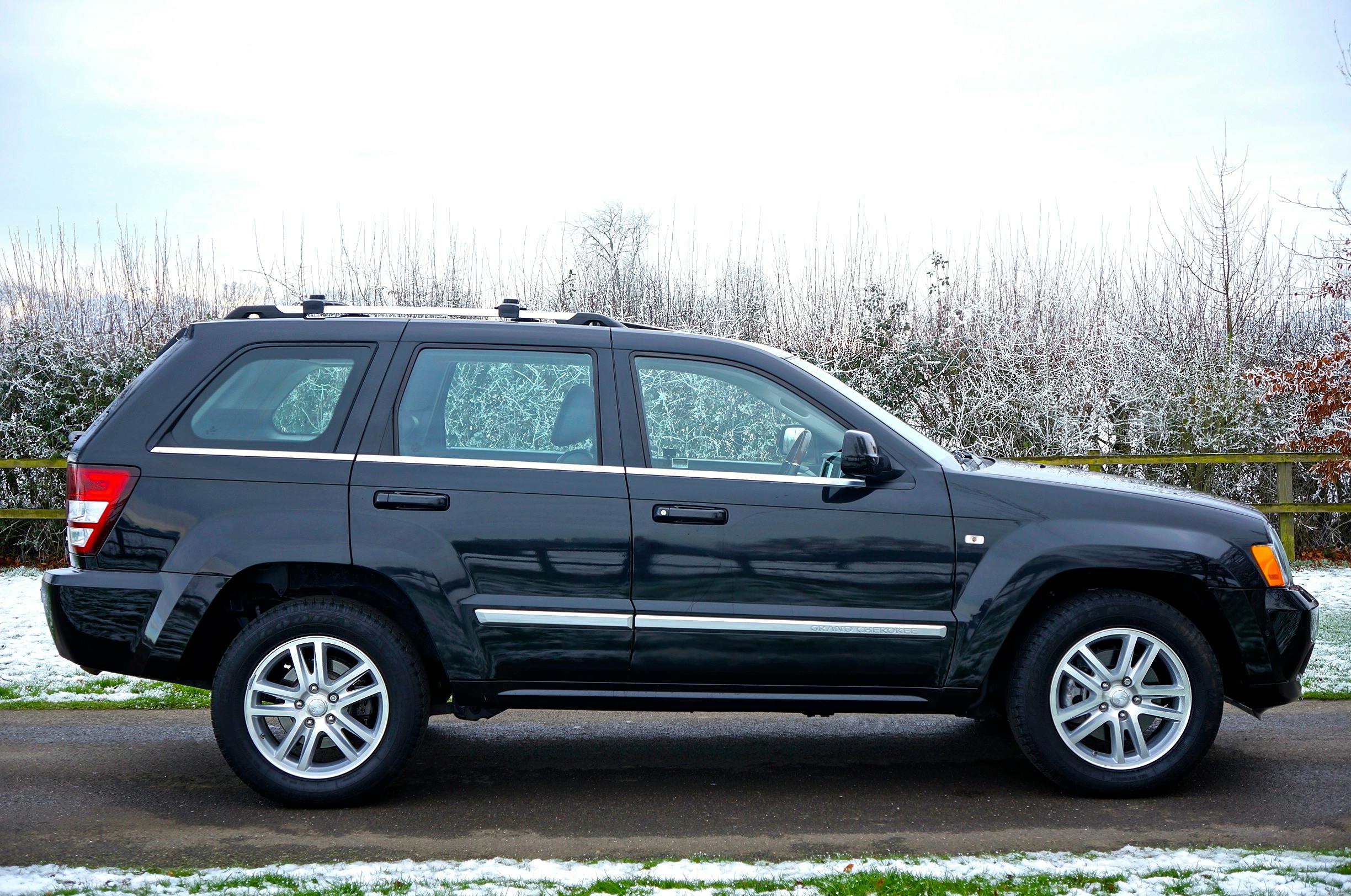 |
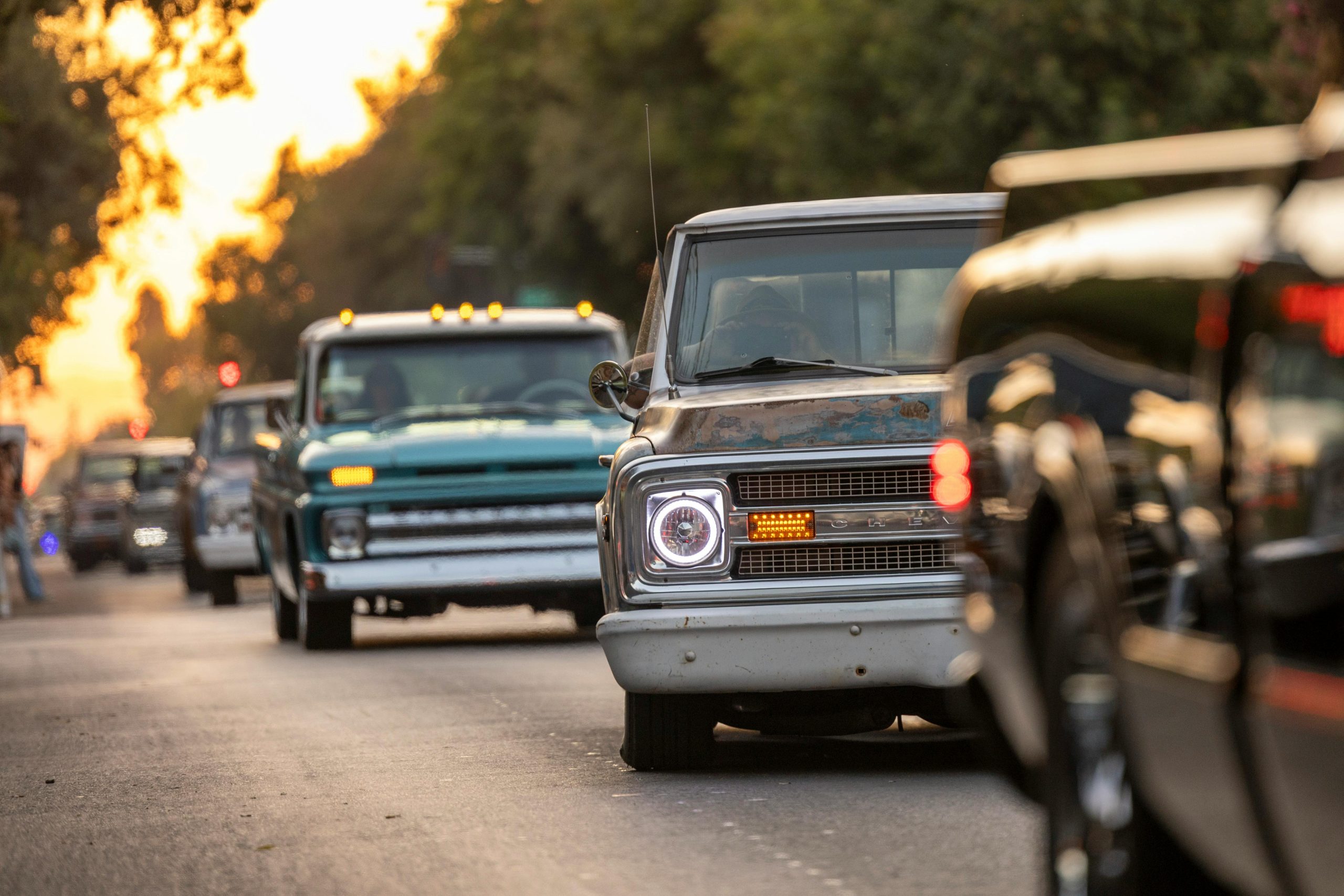 |
 |
 |

*As you conclude this lesson, don’t forget to check Canvas!*

Media Attributions
- Vehicle activity adapted from Grenzenlos Deutsch, licensed under the CC BY-NC-SA 4.0 International License.
- Directions activity adapted from Karl Kirst, licensed under the CC BY-SA 4.0 International License.
Media Attributions
- 1010-1020 banner long large reduced
- Biking image by vecteezy_road-bike-logo_7688830
- 5.7 kein fahrrad vecteezy_warning-sign-label-bicycle-no-bicycle-parking-area_22387351-768×768
- Pink car image by vecteezy_cartoon-vector-or-illustrator-front-of-car-pink-of-k-car_
- No car image by vecteezy_no-car-sign_9514774
- Orange scooter image by Scooter Vectors by Vecteezy
- No scooter image by Safety Helmet Vectors by Vecteezy
- Photo of female student from pexels-yankrukov-8199559
- Photo of SUV by pexels-mikebirdy-104404
- Photo of pick-up trucks by pexels-stephen-leonardi-587681991-28226945
- Photo of person holding bike by pexels-fr3nks-2248713
- Photo of scooter by pexels-desh-17188752
- Private: confidence scale_large horizontal_updated

